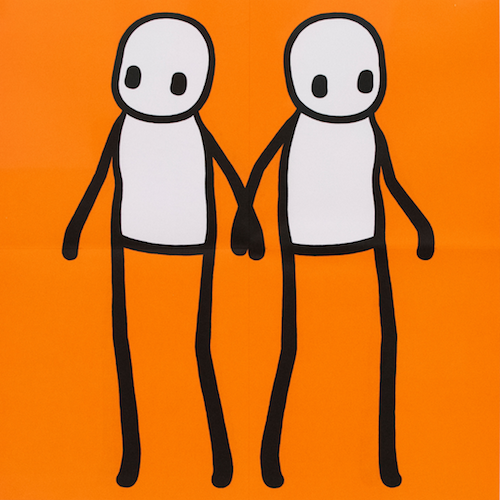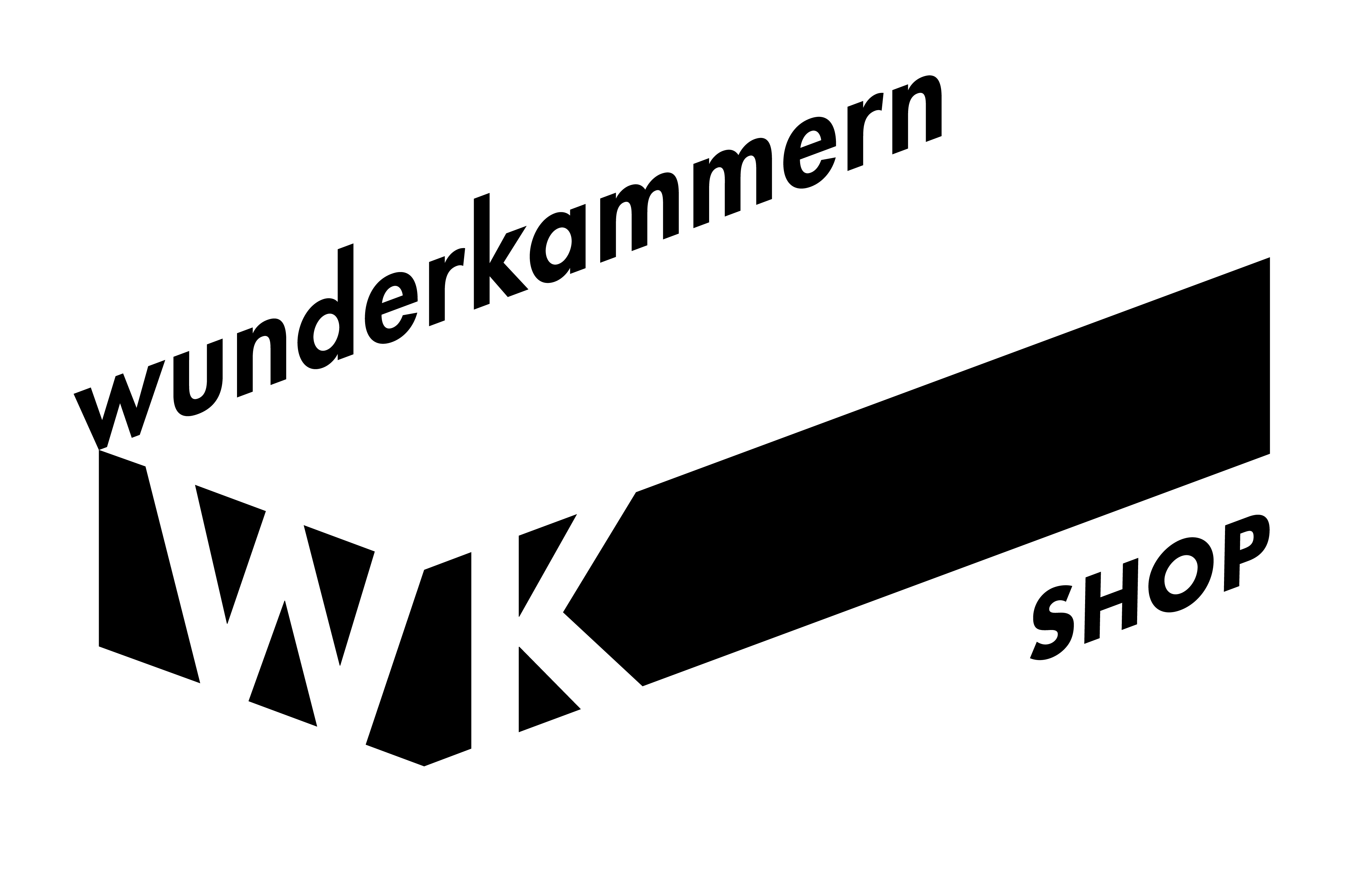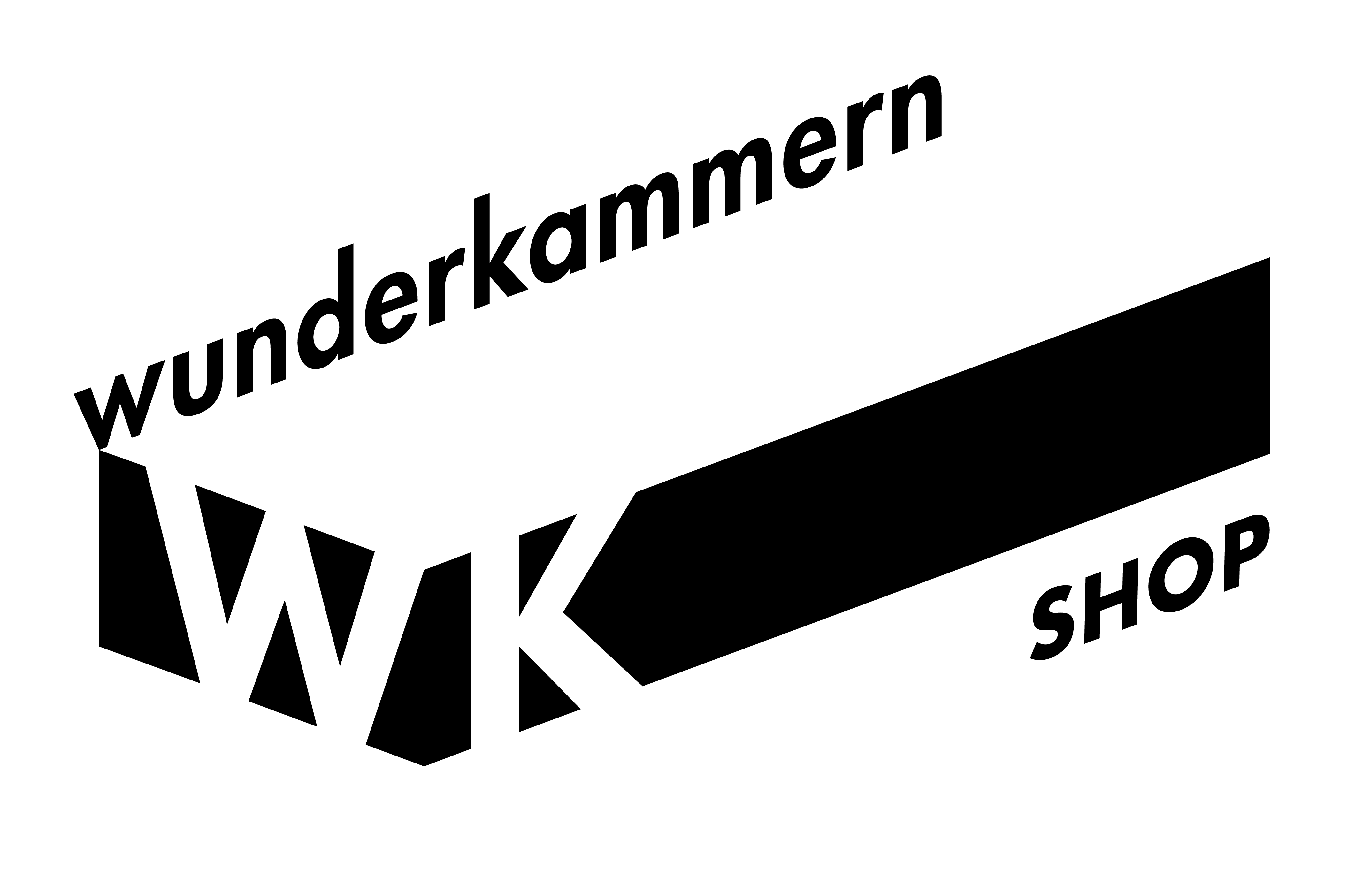
STIK

British street artist Stik is a self-taught artist about whom little is known privately, apart from the fact that he lived in homeless shelters for years. Stik's style is simple and his stylised characters come to life from the union of elements such as dots, lines and circles. Despite their simplicity, Stik sends important messages through his works. His artworks are increasingly rare and desired by collectors.
Stik - Works for Sale at Wunderkammern
-
Holding Hands Red
70,5 cm x 70,5 cm
-
Holding Hands Yellow
70,5 cm x 70,5 cm
-
Holding Hands Blue
70,5 cm x 70,5 cm
-
Holding Hands Orange
70,5 cm x 70,5 cm
-
Holding Hands Teal
70,5 cm x 70,5 cm
Stik is a British artist and sculptor, born in 1979 in Hackney, a district of East London. He is self-taught, and his artistic education developed directly from street experience and social observation.
Before establishing himself as an artist, he lived for several years in homeless shelters, an experience that deeply shaped his sensitivity and his vision of art as a tool for solidarity and civic awareness.
His career began in the early 2000s when, in his early twenties, he started creating unofficial, socially engaged murals on the walls of Hackney, addressing issues related to the local community, civil rights, and urban inequality.
Style and Themes
Stik’s style is minimalist and figurative, focusing exclusively on the representation of the human body through essential forms. His stylized figures, composed of lines, dots, and circles, embody universal human emotions and relationships.
Despite their apparent simplicity, his works convey a deep emotional and social charge, tackling themes such as marginalization, LGBTQ+ rights, homelessness, and the destruction of social housing. His color palette is limited — often in black and white — but is sometimes enriched with primary and vivid colors, which enhance the symbolic power of his compositions.
Stik’s poetics is rooted in the idea of accessibility: art should be understandable and available to everyone, capable of giving dignity and voice to those who are often unheard. This principle guides both his public interventions and his participatory projects, in which he actively involves local communities and civic associations.
Collaborations and Activism
Stik is now internationally recognized for his ability to create connections between painting and sculpture within the urban space, with monumental works visible in London, New York, and Tokyo.
His practice goes beyond mural painting: Stik is also an activist, collaborating with institutions such as the NHS (National Health Service), the British Nuclear Test Veterans, and numerous grassroots movements. He has worked with major international organizations including Amnesty International and the Reclaim the Streets collective, as well as with cultural institutions such as the BBC Philharmonic Orchestra, Pride in London, and the Southbank Centre.
He has also founded and financed several art programs, including “My Mural” and the “Hackney Sculpture Project”, both aimed at supporting young and emerging artists through the creation of public artworks. Stik is also co-founder of the Dulwich Outdoor Gallery, a space dedicated to contemporary street art.
International Projects and Exhibitions
In recent years, Stik has consolidated his presence in the United States, particularly through a series of murals with strong political and symbolic meaning. Among these stands out “Liberty” (2012), located in New York’s East Village, overlooking Tompkins Square Park, a site historically associated with civil rights movements. The mural, created as part of a participatory event featuring performances and street parades, has become a symbol of resistance and freedom, and in 2024 it was celebrated with an exhibition of preparatory works at at Art Miami.
“Liberty” is part of a trilogy of politically engaged New York murals that also includes “Union” (Union Square), dedicated to the first Labour Day parade, and “Migrant”, formerly located at the Tenement Museum on the Avenue of the Immigrants.
These works establish Stik as one of the most authentic and socially committed voices in contemporary street art, capable of merging universal language and social activism into an art that is simple, direct, and profoundly human.
Stik: Works for sale with prices and value from Wunderkammern
If you are interested in the artist, you can find Stik’s works for sale online at our website.
If you would like to know about Stik’s prices, value or which works will be exhibited, please do not hesitate to contact us by sending an e-mail to shop@wunderkammern.net.




 Register
Register





